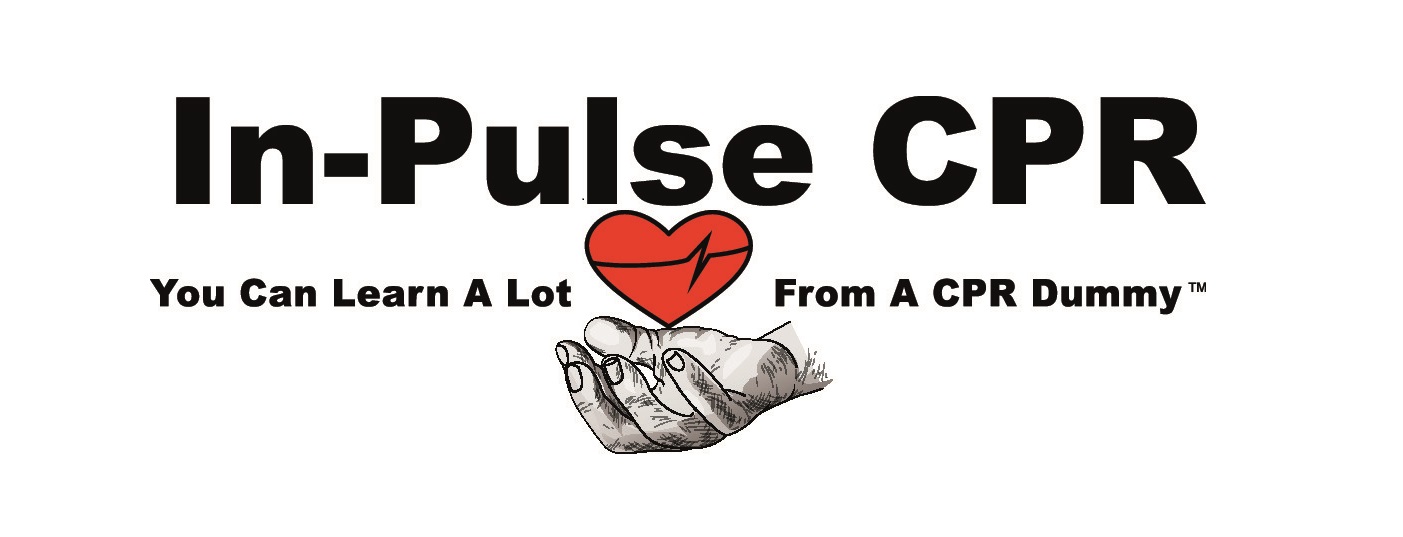What is CPR
Cardiopulmonary resuscitation (CPR) is a combination of rescue breathing and chest compressions delivered to victims thought to be in cardiac arrest. When cardiac arrest occurs, the heart stops pumping blood. CPR can support a small amount of blood flow to the heart and brain to “buy time” until normal heart function is restored.
Cardiac arrest is often caused by an abnormal heart rhythm called ventricular fibrillation (VF). When VF develops, the heart quivers and doesn’t pump blood. The victim in VF cardiac arrest needs CPR and delivery of a shock to the heart, called defibrillation. Defibrillation eliminates the abnormal VF heart rhythm and allows the normal rhythm to resume. Defibrillation is not effective for all forms of cardiac arrest but it is effective to treat VF, the most common cause of sudden cardiac arrest.
***
About us: In-Pulse CPR currently offers CPR training at 13 locations across Minnesota, 7 CPR training locations in Florida, 6 CPR training locations in the Atlanta Georgia area, and CPR training at 6 locations across the Harrisburg Pennsylvania area. Many of our classes are available evenings and weekends. Our instructors are also nurses and EMT’s. At In-Pulse CPR, we prefer a more practical teaching approach. You will find our instructors using real life examples, hand’s on training, and often humor to make the class enjoyable and the teaching memorable.




COMMENT (3)
Tom / September 28, 2010
Anyone know what the new American Heart guidelines will be? I understand that they will be released sometime fall 2010.
Troy / September 29, 2010
The AHA has not been public as to what the new changes will be. Most people think there will be more compressions and less breaths.
Troy / April 1, 2011
The AHA 2010 guidelines are out and as we anticipated more compressions and less breaths. You can find out about all the details from our blog ‘The ABC’s are changing to CAB’s’.